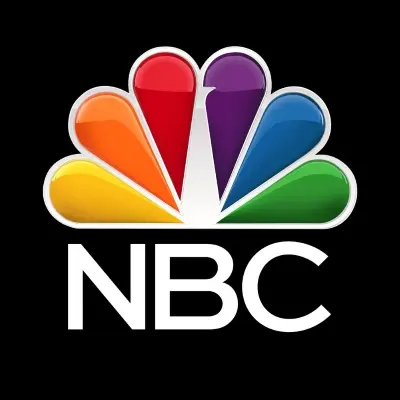Broadcast networks kick off their fall season as they continue taking a backseat to streaming services
-

"Americans may still (amazingly) spend more hours watching broadcast or cable networks, but streamers keep gobbling up a bigger market share every year," says Josef Adalian. "Things are even more dire on the pop-culture front: Broadcast and basic-cable shows will barely be mentioned at this Sunday’s Emmy Awards, and Hollywood’s top writers and actors now consistently take their best projects to streaming platforms first. The folks still toughing it out in the broadcast biz are well aware of this grim reality, and ahead of next week’s official start to the 2021-22 TV season, I’d love to report they are brushing off all the gloom and pressing forward like it was still 2011. But that would be a lie. Instead, what many network execs are feeling this fall is … depressed. 'Nobody is happy,' one suit with decades of experience in the network trenches told me this week. His diagnosis of what’s behind this malaise is pretty simple: 'Nobody cares about broadcast TV.' Or, as another long-time network insider put it, 'We all went from being the center of the universe to being a distant planet.' These emotions aren’t new, but they’ve grown far more intense over the past year or two as the conglomerates that own ABC, NBC, and CBS have decided to prioritize the development of their respective streaming platforms over the health of their networks. Disney and Comcast even blew up the exec structures of their TV businesses so that program development at ABC and NBC is now overseen by the same execs handling Hulu and Peacock, respectively. The stated goal of the changes was to make certain shows end up on the right platform and are not derailed by internal squabbling, as well as to create a 'virtuous cycle' wherein the broadcast networks help grow the streaming services and vice versa. In reality, sources tell me, the streamers get all the attention while the networks increasingly get the shaft." One veteran broadcaster compares it to when happens when an older child suddenly gets a sibling. “There’s a new, cute little baby in the household and the older kid isn’t getting as much attention,” he says. “But the older kids end up changing the diapers a lot.” Adalian adds: "Still, many in TV Land are frustrated because despite all the focus on streaming, network execs are convinced the broad, mass-appeal shows they’ve been making for decades still remain very popular, even if overnight Nielsen ratings don’t show it...Audiences clearly don’t watch as much TV via traditional methods anymore, but you don’t have to look far to find evidence they’re still into the shows linear networks are serving up. Netflix’s self-published top-ten lists and Nielsen’s streaming charts are both regularly filled with reruns of titles that originated on a broadcast or cable channel. And the roster of programs that allegedly 'failed' or 'underperformed' on regular TV but are considered 'hits' on streaming keeps growing: The Mindy Project, You, Lucifer, Manifest, Emily in Paris, and more. Fact is, the biggest problem for linear networks is that a huge chunk of their core audience has simply gotten fed up with the trade-offs required to watch their shows in the network ecosystem: 20 minutes of commercials every hour, the need for a $100 per month cable subscription, not knowing if this week’s episode will be new or a rerun."
ALSO:
- Why the fall season endures despite the year-round surge of other TV content: Industry executives say the traditional TV season still provides a powerful tool for a variety of reasons. “The fall season remains the clear kickoff of the TV calendar year, with all of the power and excitement that accompanies it,” says Jane Gould, exec VP of content research, insights and scheduling at Disney General Entertainment. “But just like everything else in the media landscape, it is evolving.” For networks, the fall TV lineup is a recommendation engine and a curation tool, says Dan Harrison, Fox Entertainment’s exec VP of program planning and content strategy. “We’re in the urgency business,” Harrison says. “Our schedule allows us to focus on a more limited number of shows relative to the streamers. These are the shows we think are going to pierce popular culture — and we want you to watch it… Broadcast is still the biggest storefront.”
TOPICS: NBC, ABC, CBS, The CW, FOX
More NBC on Primetimer:- Ariana Grande delivers emotional holiday monologue as Bowen Yang makes final ‘SNL’ appearance
- "Surreal moment" - Actors on Actors executive producer Ramin Setoodeh says the Saturday Night Live parody confirms the show’s pop culture impact
- Bowen Yang reflects on his time at ‘SNL’ as he exits the show
- "She’s just brilliant": Ariana Grande opens up on her upcoming Saturday Night Live musical guest, Cher
